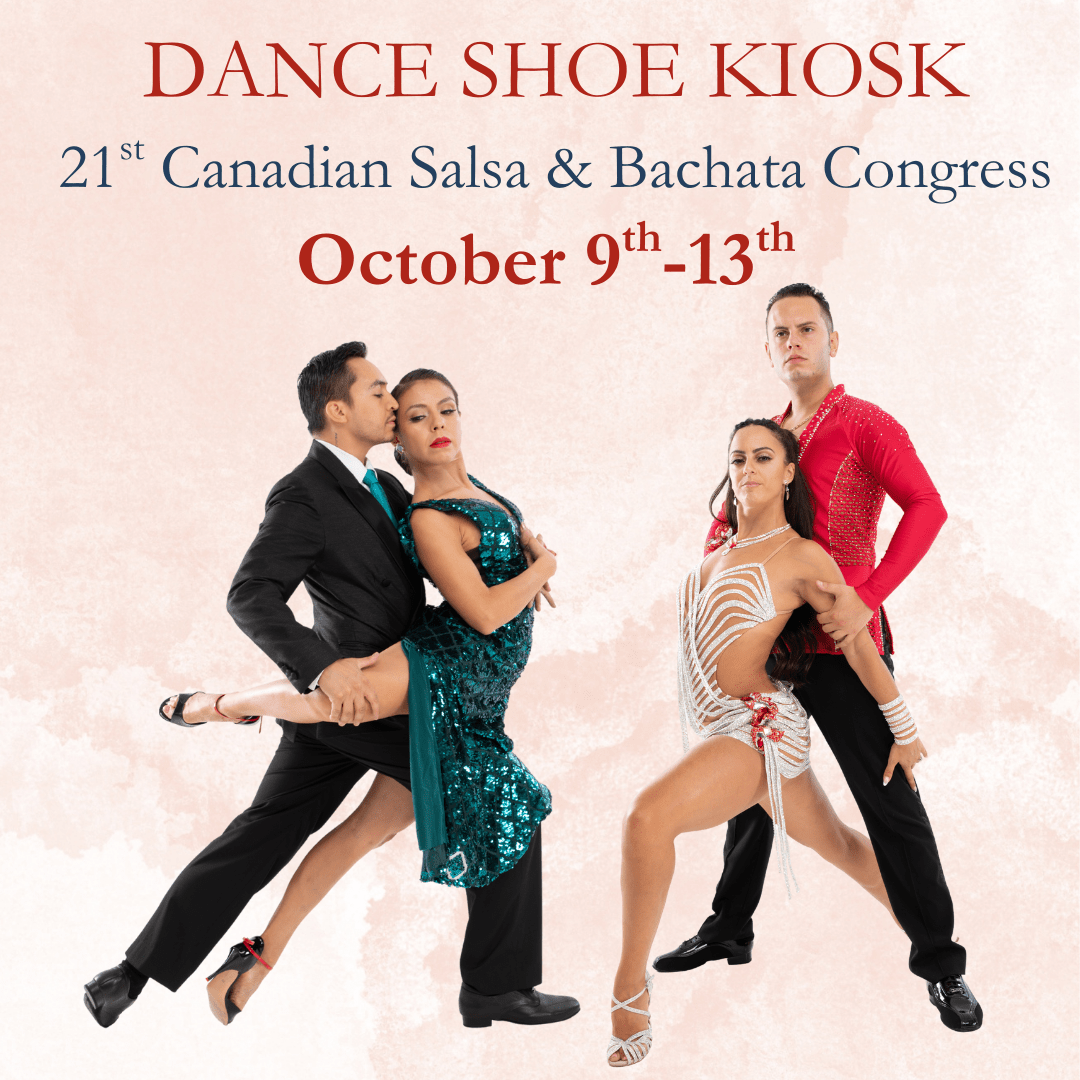“Waltz is boring”.
I’ve heard it, you’ve heard it. And if you actually think it, then I guess you didn’t know you’re dancing the most scandalous, downright indecent dance of the 19th century, did you?
Did I get your attention? Because I’m not done. And hopefully by the time I am, the Waltz and the Viennese Waltz will no longer be “boring”.
Admittedly, I’ve been there. When I first began this beautiful adventure that is ballroom dancing, I was underwhelmed by the Slow Waltz (and I didn’t even know about Viennese Waltz, ha!). It was boring, it was stodgy, it was in every movie, and I wasn’t interested. But it was part of my dance program. And so I learned to waltz.
My reaction went something like: “Oh. OH.”
The Waltz (Slow or Viennese) is anything but boring and stodgy. The swing and the sway, the turns and the openings, the shaping, the feel of the Waltz is sublime. It is far more complex than the count “1-2-3” would have you believe. It’s all in the details. And once you start to feel those details…it becomes something else entirely.
Arunas & Katusha, Slow Waltz Showdance
See what I mean?
But where did this dance come from? And, you want to know, why was it so scandalous? So much so that the Times of London wrote the following on July 16th, 1816 when the Waltz was beginning to show itself in the ballrooms of England:
“We remarked with pain that the indecent foreign dance called the Waltz was introduced (we believe for the first time) at the English court on Friday last … it is quite sufficient to cast one’s eyes on the voluptuous intertwining of the limbs and close compressure on the bodies in their dance, to see that is it indeed dar removed from the modest reserve which has hitherto been considered distinctive of English females.
So long as this obscene display was confined to prostitutes and adulteresses, we did not think it deserving of notice; but now that it is attempted to be forced on the respectable classes of society by the civil examples of their superiors, we feel it a duty to warn every parent against exposing his daughter to so fatal a contagion.” (Central Home)
Where to begin? Perhaps…at the beginning. And it is helpful to know that what follows concerns the origin (so far as we know it) of the Viennese Waltz -- Slow Waltz did come until much later.
The term “waltz” comes from the old German word “walzen”, which means “to turn” (Del Hierro). As with most dances, its origins are not precise but most seem to agree that that the dance is derived from the Austrian peasant dances of the 1500s, known as “Weller or Spinner” (Jane Austen Society). The (Viennese) Waltz is also associated with the Volta, another peasant dance that became popular in the courts of Europe during the 16th Century (Del Hierro). What all of these dances have in common, besides an emphasis on turning, is that the hold is a close one and very similar to our modern ballroom hold. When the Waltz began spreading throughout Europe in the 1700s, it was the hold that caused such a scandal. Prior to this, the main dances were heavily choreographed minuets that kept the partners at arm’s length from each other. Their hands touched, at most. With the Waltz came the introduction of what we call closed-position: partners drew close and put their arms around each other. Ladies would hold up their gowns with one hand to prevent dragging.
Viennese Waltz clip from Crimson Peak, dir. Guillermo del Toro
The dance was considered too tactile by far and caused outrage among conservative critics…none of which did anything to stem the popularity of the dance. In fact, it was the Waltz’s popularity in Vienna that brought about a new type of public establishment: the public dance hall. Leading the charge at the beginning of the 19th Century was Vienna’s Apollo Hall which had five ballrooms. So popular was the dance that “In the spring of 1832, for example, it is estimated that half the city’s population attended thousands of balls.” (Del Hierro)
The popularity of the Waltz also gave rise to some of the most famous pieces of classical music: Strauss’ Blue Danube, Tchaikovsky’s Waltz of the Flowers, and others.
VIENNESE WALTZ AND SLOW WALTZ
The previous history concerns the Viennese Waltz, or fast Waltz. Indeed, up until World War I Viennese Waltz was the Waltz. Most of the classical pieces, particularly those of Schubert and Johann Strauss (the elder) are faster-paced, suitable to the 180bpm of the Viennese Waltz, as opposed to the Slow Waltz which is danced at roughly half the speed. The Slow Waltz evolved from a dance called the “Boston Waltz” (Central Home).
Many of the steps are similar or the same, though two notable differences are the speed and the lack of rise and fall in the Viennese Waltz (unless you’re in canter timing). Also, some might say that the Slow Waltz has a greater variety of steps since most Viennese Waltz dancers do International Style -- and International Style Viennese Waltz has a total of three steps in the syllabus, even at the Gold level.
International Ballroom Viennese Waltz
American Style Viennese Waltz borrows from the Slow Waltz, though the steps in the Viennese are more focused on rotation.
American Smooth Viennese Waltz
One thing remains constant: whether Viennese or Slow, when you know how to dance a Waltz…there is nothing like it. It’s like flying.
So get your smooth shoes out and hit the floor. I’ll see you there.
(And shoutout to my dance teacher for helping me with some of the details :) )
References and recommended reading:
Del Hierro, Maria Pilar Queralt. “The Elegant Waltz Was Once Vienna’s Forbidden Dance.” https://www.nationalgeographic.com.au/history/the-elegant-walz-was-once-viennas-forbidden-dance.aspx
Ginsburg, Mark. “The Timeless Art of the Viennese Waltz.” https://www.smithsonianmag.org/travel/vienna-austria-waltz-dance-history-tradition-smithsonian-journeys-travel-quarterly-180958736
“History of Waltz.” https://www.centralhome.com/ballroomcountry/waltz.htm
“History of Waltz.” https://www.janeausten.co.uk/the-history-of-the-waltz





1 comment
Love it! Anna.